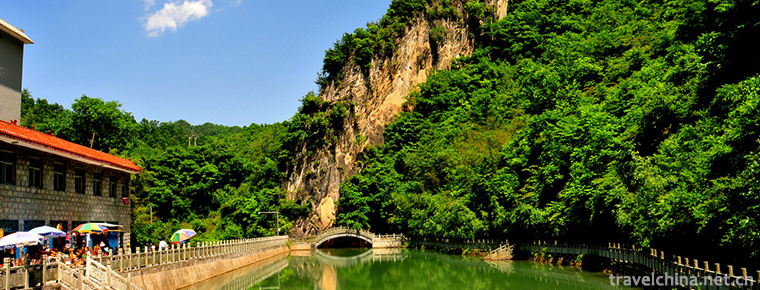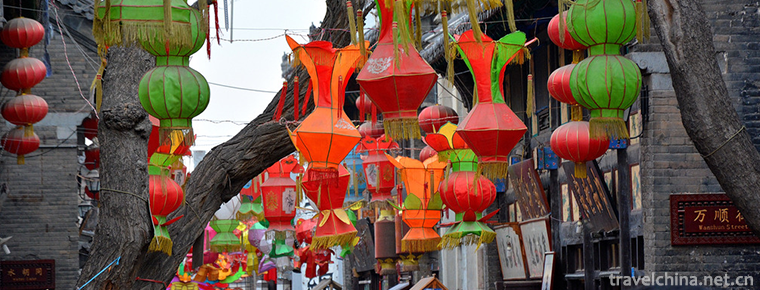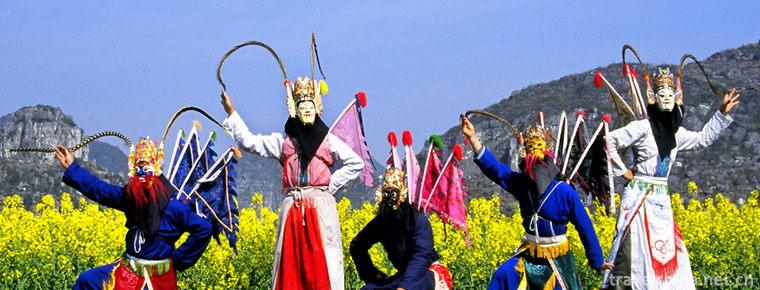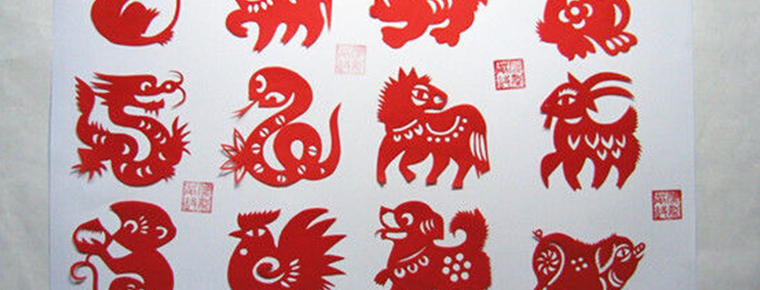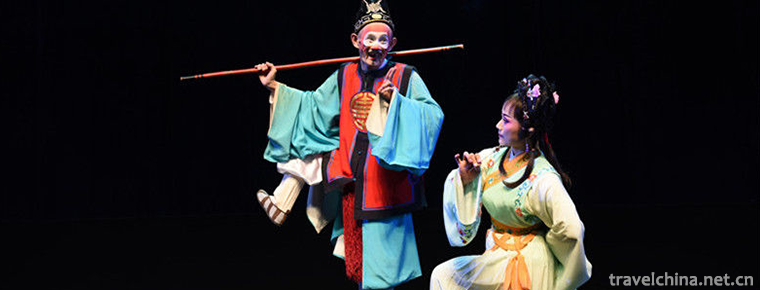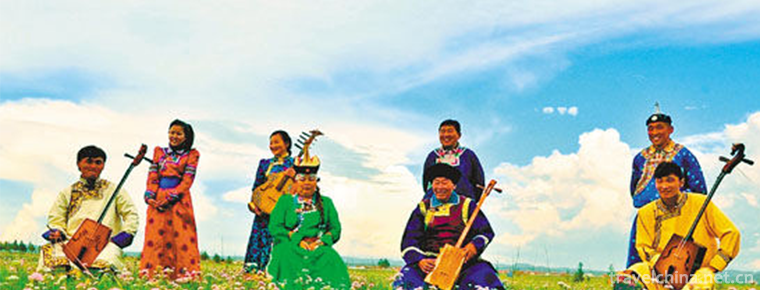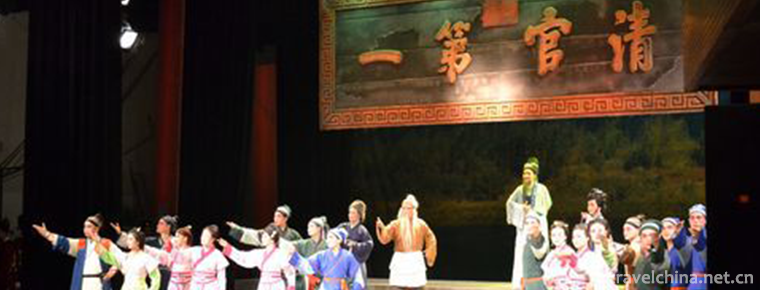Legend of West Lake
Legend of West Lake
The legend of West Lake is one of the local folklores in Hangzhou, Zhejiang Province. It is a national intangible cultural heritage list. Xihu beautiful mountains and rivers, snowflakes and moons, since ancient times is the victory of love and romance, and the bridges associated with lingering romance can be cited in many places. For example, Broken Bridge, in the Legend of White Snake, the four classical legends of our country, Xu Xian and the White Snake Madame met here and went back to the city in the same boat. Then they met again here and made up their minds. They deduced into Broken Bridge Meeting, a number of operas as a break opera to retain the repertoire. Another example is Xiling Bridge, which was called Su Xiaozhi Concentric Place in ancient times. It is said that Su Xiaoxiao, a gifted and self-respecting Southern Qi geisha, once traveled by car and met Ruan Yu, a young talent, on Baidi. Su Xiaokou said, "Concubines ride on oil bikes and Lang crosses the green horse. Where to tie concentric, Xiling (that is, Xiling) under the pine and cypress. Su Xiaoxiao and Ruan Yu could not harmonize with Qin and Jin Dynasty because of the time and experience. He became sick and was buried by Xiling Bridge. The tomb pavilion was called "Mucai Pavilion".
On June 7, 2008, the legend of West Lake was approved by the State Council to be included in the second batch of national intangible cultural heritage list.
Historical Origin
Speaking of the origin of the West Lake, there are many beautiful myths, legends and folk stories. Legend has it that long, long ago, the Jade Dragon and the Golden Phoenix in the sky found a piece of white jade on the Fairy Island beside the Milky Way. They pondered together for many years, and the white jade became a bright pearl. Wherever the Pearl illuminated, the trees would be evergreen and the flowers would blossom. But later the jewel was found by the Queen Mother, and the Queen Mother sent Heavenly Soldiers to rob the jewel. The Jade Dragon and the Golden Phoenix rushed to ask for the jewel. The Queen Mother refused to accept the jewel, and then there was a contest. As soon as the Queen Mother's hand was loose, the Pearl landed on the earth, and became the sparkling West Lake. The Jade Dragon and the Golden Phoenix also went down and became the Jade Dragon Mountain (that is, the Jade Emperor Mountain) and Phoenix Mountain, which were West Lake.
In fact, the West Lake is a lagoon. According to the historical records, as far back as the Qin Dynasty, the West Lake was still a bay connected with the Qiantang River. Wushan and Gemstone Mountains, which stand in the north of West Hunan Province, were the two headlands surrounding the small bay at that time. Later, due to the impact of the tide, the sediment deposited in the two headlands and gradually became sandbanks. Since then, the sandbanks have been expanding in three directions: east, South and north. Finally, the sandbanks of Wushan and Gemstone Mountains have been linked together to form an alluvial plain, which separates the Bay from the Qiantang River. The original Bay has become an inner lake, and the West Lake was born.
The name "West Lake" began in the Tang Dynasty. Before Tang Dynasty, there were Wulin Lake, Mingsheng Lake, Jinniu Lake, Longchuan, Qianyuan, Qiantang Lake, Shanghu Lake and so on. In the Song Dynasty, when Su Dongpo was in Hangzhou, he praised the West Lake by chanting poems and said, "It's good to have a clear water. It's strange that the mountains are empty and rainy. If you want to compare the West Lake with Xizi, it's always appropriate to wear light makeup and heavy makeup. The poet ingeniously compared the West Lake to Xishi, a beautiful woman in Chinese ancient legends, so the West Lake has a nickname of "Xizi Lake".
Legendary Content
Legend of the White Lady
In the Qingming Dynasty, the West Lake shore was red, willow and green, and tourists were bustling over the broken bridge. It was a beautiful picture of spring. Suddenly, two beautiful girls came up quietly from the bottom of the West Lake. What happened? How can a man rise out of the water? Originally, they are two snake spirits who have been shaped into human figures. Nevertheless, they are harmless. Only because they envy the colorful life of the world, they come to the West Lake to play with a pseudonym Bai Suzhen (White Lady) and a pseudonym Xiaoqing.
But God suddenly lost his temper, and suddenly it rained cats and dogs. Bai Suzhen and Xiao Qing were soaked nowhere to hide. They were worried. Suddenly, they felt that there was an umbrella on their head. Turning around, they saw a gentle, white and delicate young scholar holding an umbrella to shelter them from the rain. Bai Suzhen and the little scholar were all red-faced and had a feeling of love for each other. Xiao Qing looked into his eyes and said, "Thank you very much. May I have the honorable name of the guest officer? The little scholar said, "My name is Xu Xian. I live by the broken bridge." Bai Suzhen and Xiao Qing also introduced themselves in a hurry. From then on, the three of them often met. Bai Suzhen and Xu Xian were getting better and better. Soon after, they became husband and wife and opened a pharmacy called Baohe Tang. They had a happy life.
As "Baohe Tang" cured many difficult diseases and did not receive any medicine for the poor, the business of pharmacies became more and more prosperous. More and more people came to Bai Suzhen for treatment recently. People called Bai Suzhen "White Niang" affectionately. However, the prosperity of Baohe Tang, the happy life of Xu Xian and Bainiang annoyed a person. Who? That is the Buddhist Fahai of Jinshan Temple. Because people's illnesses were cured by Bainiangzi, fewer people went to Jinshan Temple to burn incense for Bodhisattvas, and the incense was not strong, so the Fahai monks could not be happy naturally. On this day, he came to the "Baohe Hall" again, and saw that the white lady was treating people. He could not help but feel jealous and look at her again. Ouch! It turned out that the white woman was not a mortal, but a white snake, a snake essence!
Fahai has a little magic, but his mind is not right. After recognizing the identity of Bainiang, he wanted to break up Xuxian and Bainiang and bring down Baohe Tang. So he secretly called Xu Xian to the temple and said to him, "Your wife is a snake, you go quickly, or she will eat you!" Xu Xianyi was very angry. He thought: My mother is kind-hearted and has a deeper affection for me than the sea. Even if she was a snake spirit, she would not harm me. Besides, she is pregnant now. How can I abandon her? Fahai saw that Xu Xian could not be fooled by him and became angry. He shut Xu Xian in the temple. In Baohe Tang, the white lady is anxiously waiting for Xu Xian to return. One day, two days,... Left, right and Xu Xian never came back. The White Lady was very anxious. So she went out to look for Xu Xian. Finally, she heard that Xu Xian was "left" by the Fahai monk of Jinshan Temple. So Bainiang rushed to Jinshan Temple with Xiaoqing and begged for Xu Xian to be released by Fahai. Fahai saw the white lady, a sneer, and said, "Bold snake and demon, I advise you to leave quickly, otherwise, don't blame me me me for my rudeness!" The white lady refused to let go when she saw Fahai. She pulled out the golden hairpin on her head and swayed in the wind. Then she set off a huge wave and headed straight for the Jinshan Temple. Fahai took off his robe and turned it into a long dyke, which was blocked outside the temple gate. When the flood rises one foot, the long dike rises one foot, the flood rises one foot, and the long dike rises one foot. No matter how big the waves are, they can't pass through. In addition, the white lady was pregnant, but she could not fight against the Fahai. At the time of deadlock, the French Ambassador cheated and put the white lady into the golden bowl and pressed it under the Leifeng Tower. Thus, Xu Xian and Bai Niang, the loving couple, were dismantled vividly. At present, Leifeng Tower is still standing near the West Lake River, becoming a landscape of the West Lake.
After escaping from Jinshan Temple, Xiaoqing practiced in the mountains for dozens of years and finally defeated Fahai, pushed him into the crab's belly and rescued the white lady. From then on, she lived happily with Xu Xian and their children and never separated.
Lingyin Temple
Lingyin Temple is a famous Buddhist temple in China, also known as Yunlin Temple. Located in the northwest of West Lake in Hangzhou City, Zhejiang Province, Lingyin Temple is one of the oldest Buddhist temples in China and one of the ten ancient temples in Hangzhou with a long history and pleasant scenery in the foothills of Lingyin Mountain between Feilai Peak and North Peak. Lingyin Temple was founded in the first year of Xianhe in the Eastern Jin Dynasty (326 years). It has a history of more than 1670 years. Huili, an Indian monk, came to China to preach, so he was surrounded by beautiful scenery and thought it was "hidden by fairies". He set up a temple there and named it "hidden by spirits". During the Five Dynasties, King Qian Du of Wuyue believed in Buddhism and paid more attention to the construction of Lingyin Temple. At that time, Lingyin Temple reached the scale of 9 floors, 18 pavilions, 77 palaces and 3,000 monks, and became a famous Buddhist temple in the south of the Yangtze River. Famous monks such as Yongming Yanshou and Dahui Zonggao have served as abbots of this temple. The legendary Jinan monk also became a monk in this temple. Master Yinguang, the thirteenth ancestor of the Pure Land Sect, once held the abbot of the temple. Kailing Yin Temple was the wind of the Pure Land Dao site. Puji, a monk in the Southern Song Dynasty, compiled the Five Lanterns Huiyuan in Lingyin Temple, which became one of the Zen classics.
Lingyin Temple has been destroyed and rebuilt more than 10 times since its establishment. The last two large-scale renovations were carried out in 1956 and 1975. Today Lingyin Temple was renovated and rebuilt on the basis of reconstruction at the end of the Qing Dynasty. Its layout is similar to that of the temples in the south of the Yangtze River. The main entrance of Lingyin Temple is the Temple of Heavenly Kings. The imperial inscription inscribed by Emperor Kangxi of the Qing Dynasty, "Yunlin Zen Temple" is hanging on it. In the front niche of the hall, Maitreya Buddha is worshipped, and on both sides are the four heavenly kings with angry eyes. Maitreya Buddha is a vestige of the Southern Song Dynasty. It has a history of more than 700 years.
symbolic meaning
The West Lake is a poem, a natural picture and a beautiful and moving story. No matter the people who have lived here for many years or the travelers who have passed by in a hurry, they are all fascinated by the unique beauty of the world. In March, warblers grow grass. Subai embankment and peach-willow bank. On both sides are water waves, yachts dotted, mountains in the distance are empty, the beautiful scenery of the Qingdai Lake is not only unique in spring, but also unique in summer, with lotus blossoms in the sky, three pools soaked in the moonlight in autumn night, red plum with scattered shadows after winter and snow, warblers in the smoke willow cage yarn, and balconies in the drizzle - - whenever you come, you will experience unusual charm. But in this pearl-like West Lake, if you can read the legend of the West Lake again, it is a kind of enjoyment.
Most of the most miserable love in classical China took place in Hangzhou, a city full of poetry itself, because of the existence of the West Lake, it has become a difficult knot in the hearts of many lovers. Whether it is because of the beautiful scenery of the West Lake, causing the obsession of men and women in the world or because of the wind and moon of the world, making the West Lake still charming after thousands of years, the answer itself is no longer important, only this ripple Lake water, silent witness countless times of love. Eighteen miles from the long bridge to each other, Xu Bai and his two broken bridges meet again. In the long legend, all the secrets of the beauty of the West Lake are hidden.

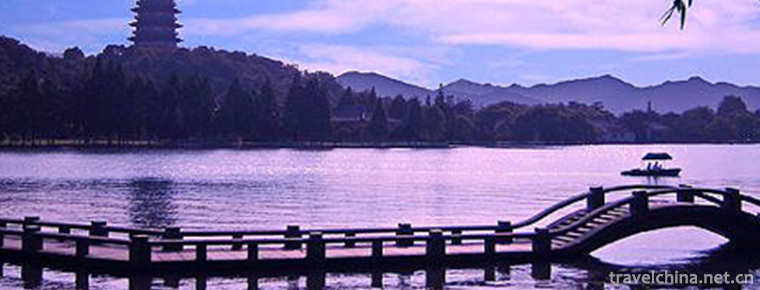
-
Jinsi Gorge Scenic Area
Jinsi Gorge Scenic Area of Shangluo City, Shaanxi Province, is located in the hinterland of Xinkailing in the southeast of Shangnan County, Shangluo City..
Views: 111 Time 2018-12-12 -
Niangziguan Scenic Area
Niangziguan is a famous pass of the Great Wall of China, known as the Ninth Pass of the Great Wall of China, and it is a must for military strategists of all dynasties..
Views: 223 Time 2019-02-07 -
Zhoucun Ancient Mall
Zhoucun Ancient Mall, also known as Street, is located in Zhoucun District, Zibo City, Shandong Province. The main road of Shandong Province, Jiqing Expressway.
Views: 113 Time 2019-03-20 -
Anshun land Opera
Anshun Dixi Opera, a local traditional drama in Anshun City, Guizhou Province, is one of the national intangible cultural heritage..
Views: 206 Time 2019-04-01 -
Traditional archery
The traditional bow is an ancient invention consisting of three parts: wood, horn and tendon. The manufacturing process is complex and the materials used are various, and the workmanship and material .
Views: 152 Time 2019-04-19 -
Traditional fine arts
China's traditional art heritage is extremely rich and brilliant. Traditional art painting, calligraphy, music, dance, opera, gardens, architecture, sculpture, arts and crafts, traditional cuisine and.
Views: 116 Time 2019-04-19 -
Firing Techniques of Fengxi Porcelain
Fengxi Porcelain Firing Technology, a local traditional technology in Fengxi District, Chaozhou City, Guangdong Province, is one of the national intangible cultural heritage..
Views: 770 Time 2019-04-29 -
Gao Jia Opera
Gaojia Opera, a local traditional drama in Quanzhou City, Fujian Province, is one of the national intangible cultural heritage..
Views: 149 Time 2019-04-30 -
Ha Ni Ha Ba
Ha Ni Ha Ba, an important part of Chinese Hani folk literature. Hani Haba, which means Hani ancient songs, is a popular and far-reaching folk song in Hani social life..
Views: 342 Time 2019-05-02 -
Mongolian Folk Songs
Mongolian folk songs are mainly divided into two categories: ritual songs and pastoral songs. Mongolian folk songs are famous for their magnificent voices and melodious tunes..
Views: 85 Time 2019-06-04 -
Xinchang tune
Xinchang tune is one of the ancient opera tunes, also known as "falling out of tune", "Shaoxing high-key" and "Xinchang high-key". With Xinchang as the center, it has spr.
Views: 129 Time 2019-07-06 -
Panzhihua famous specialty
The snacks in Panzhihua are mainly Sichuan flavor. The most popular snack in Panzhihua is mutton rice noodles. The rice noodles cooked by pure mutton soup, together with bean paste, pepper, millet and other seasonings, have a unique and representative flavor.
Views: 290 Time 2020-12-14
